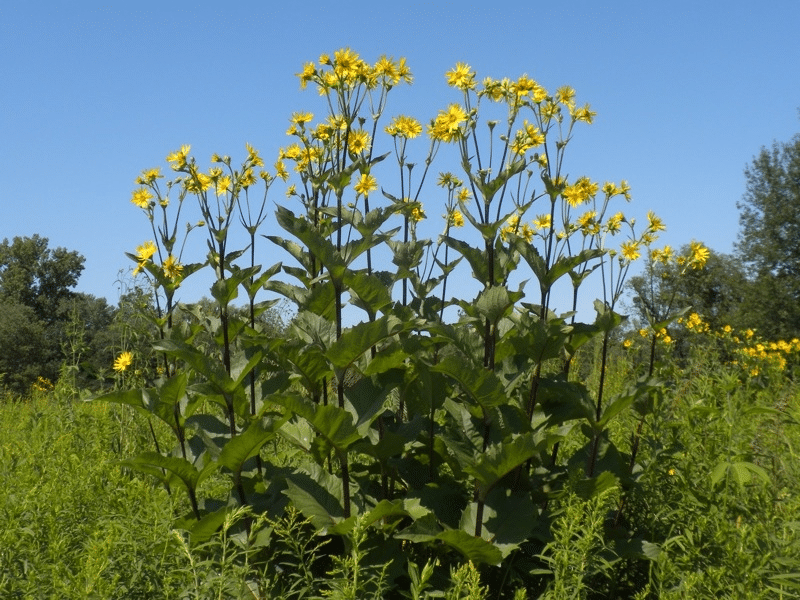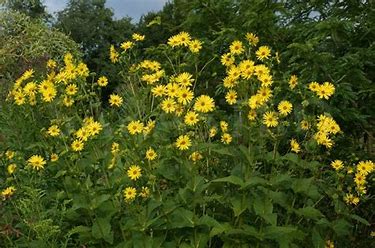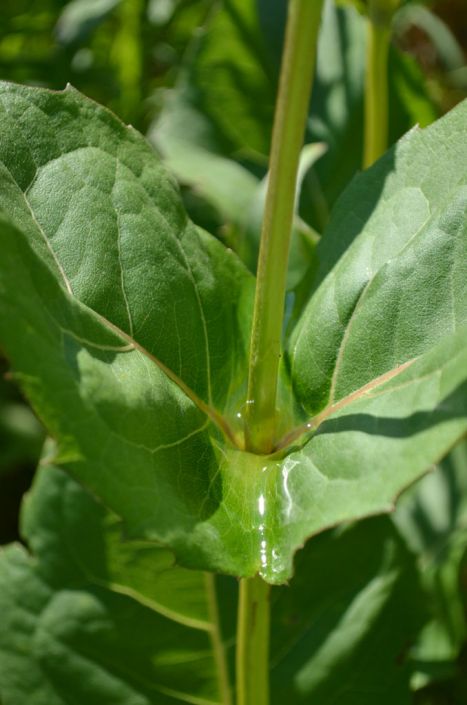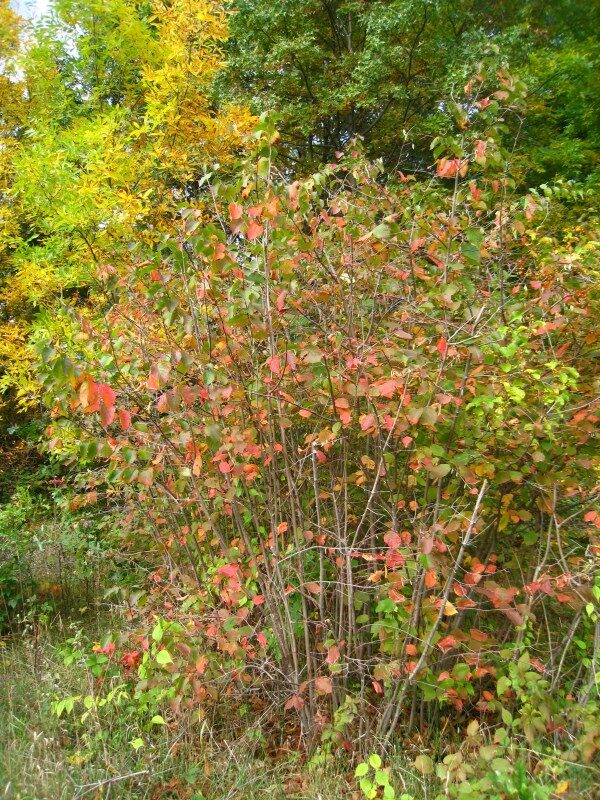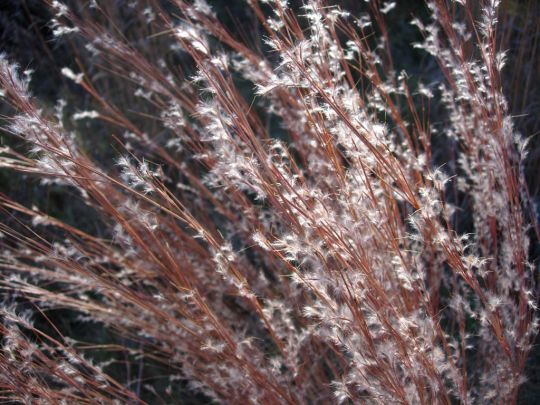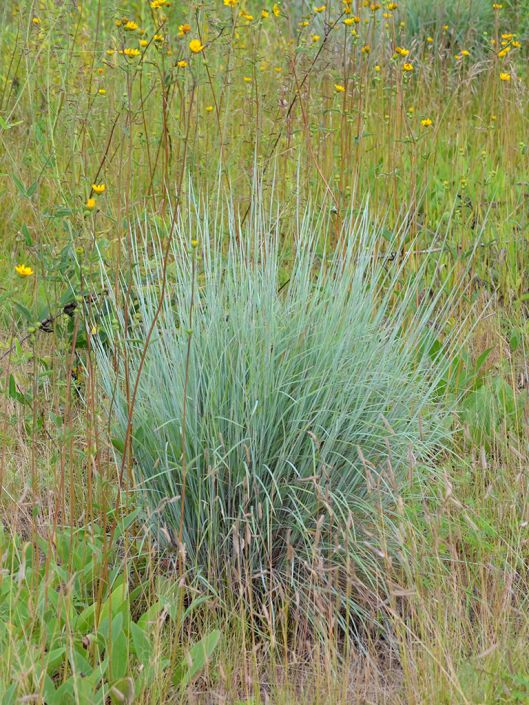Description
Cup plant is a dramatic-looking, sunflower-like, native plant which occurs in low woods and thickets, meadows, prairie stream/pond peripheries and along railroad tracks. It typically grows on tough, erect stems to 4-8′ tall and is distinguished from the other silphiums by its square/quadrangular stems and pairs of cup-forming leaves. Flower heads (to 3″ diameter) featuring light yellow rays (20-40) and darker yellow center disks bloom in summer on the upper part of the plant. Rough, triangular to ovate, coarsely-toothed, opposite, connate-perfoliate, medium green leaves. Lower leaves (to 14″ long) are united at the petioles. Middle and upper leaves lack petioles, and leaf pairs are united at the bases to envelop the stem forming a cup (hence the common name). Leaf cups collect rain water and insects as well as small birds are known to obtain water from the cups. This species is also commonly called cup rosin weed because its stems (like those of all silphiums) exude a gummy sap when broken or cut.
Standing tall at around six feet (more in wetter soils, less in drier soils), its yellow blossoms can be seen starting in July when the butterflies visit them, and then later when the birds begin to feed on its seeds. Cup Plant is quite easy to grow in average garden soil and in diverse prairie plantings in heavier or wetter soils.No serious insect or disease problems. A large plant that needs lots of space, some gardeners find cup plant to be too large and weedy for border rears, but others find it to be an effective backdrop for other perennials. Adapts well to prairies, wildflower/native plant gardens, naturalized areas or moist, open woodland areas including stream/pond edges.
Click here for more information from USDA-NRCS.
